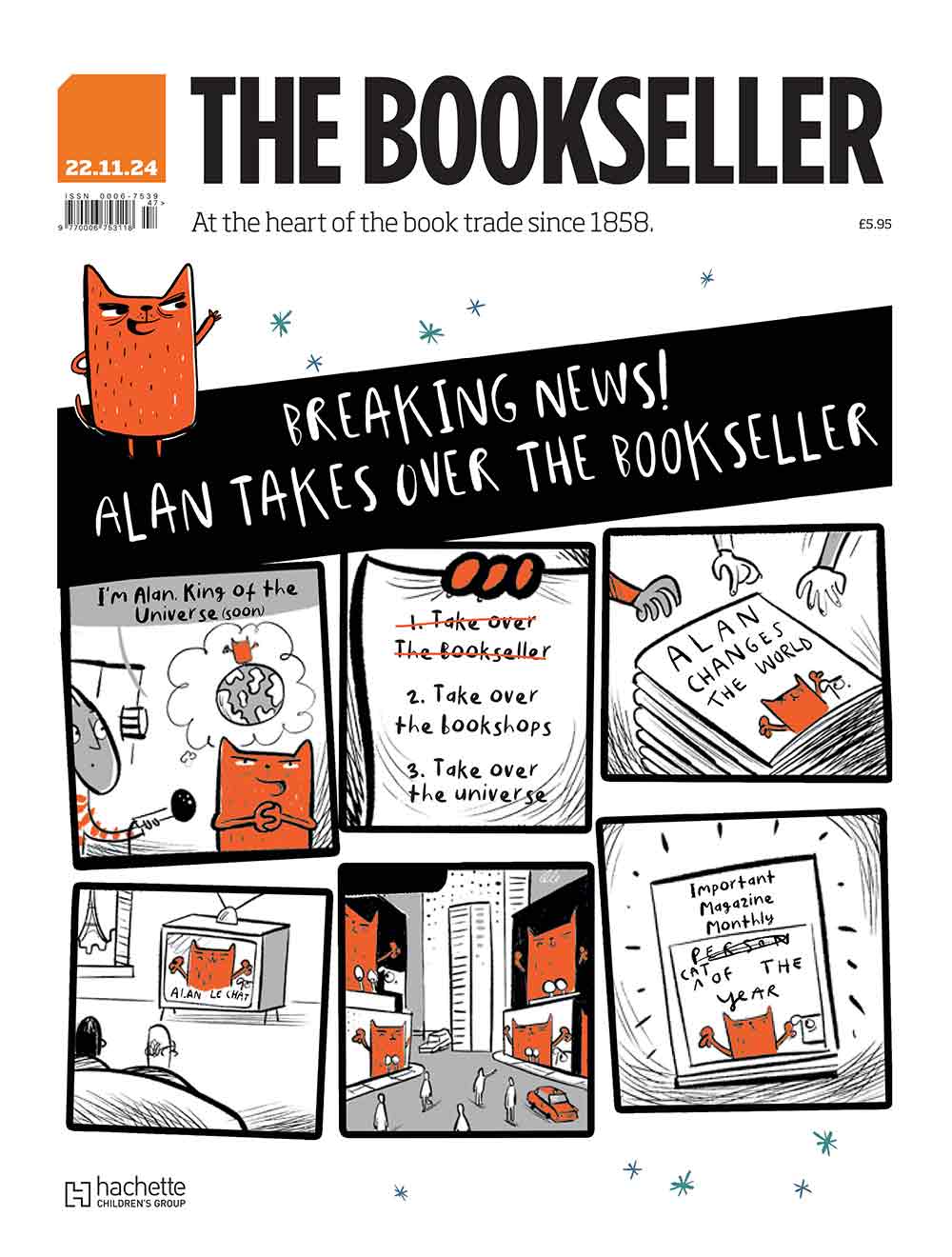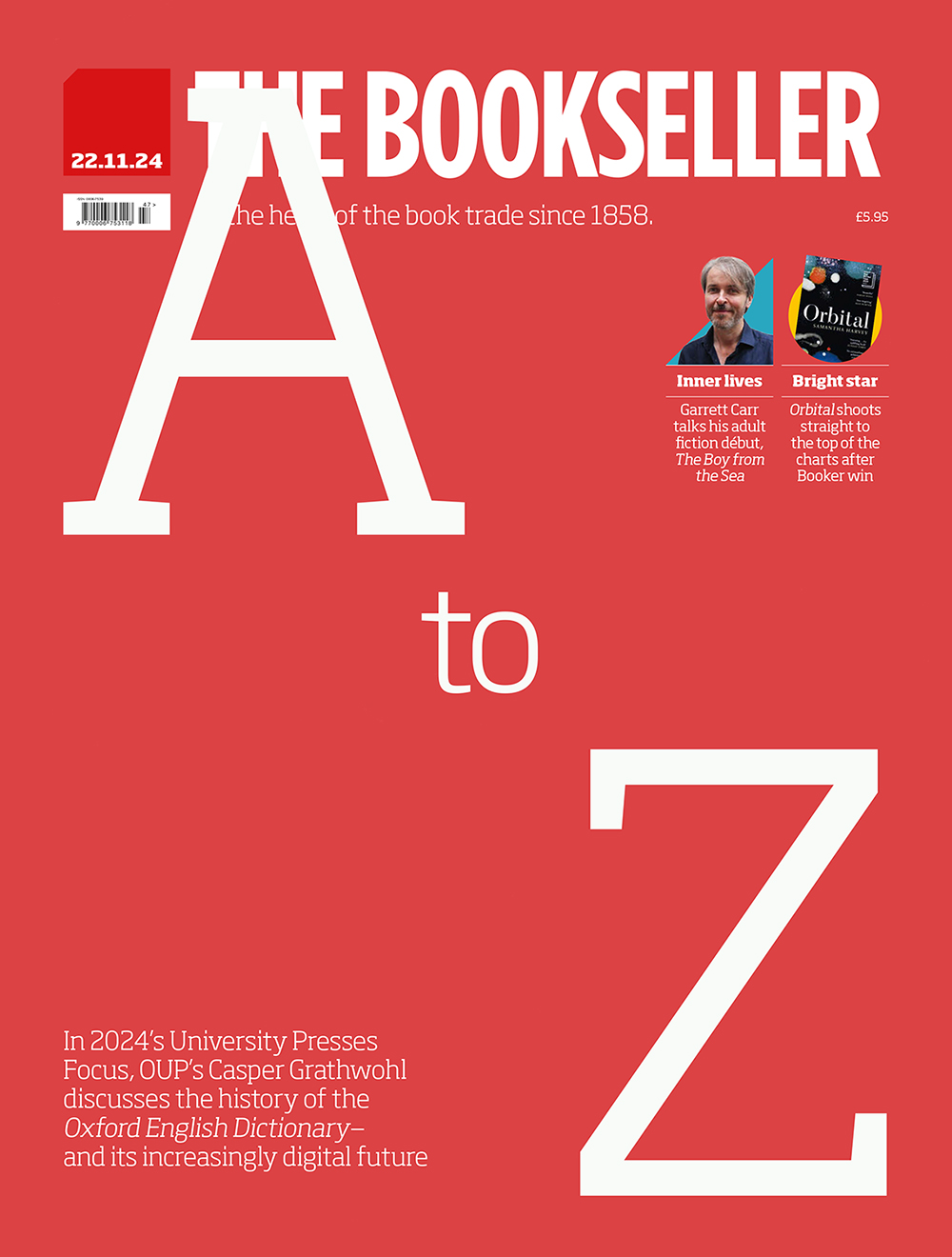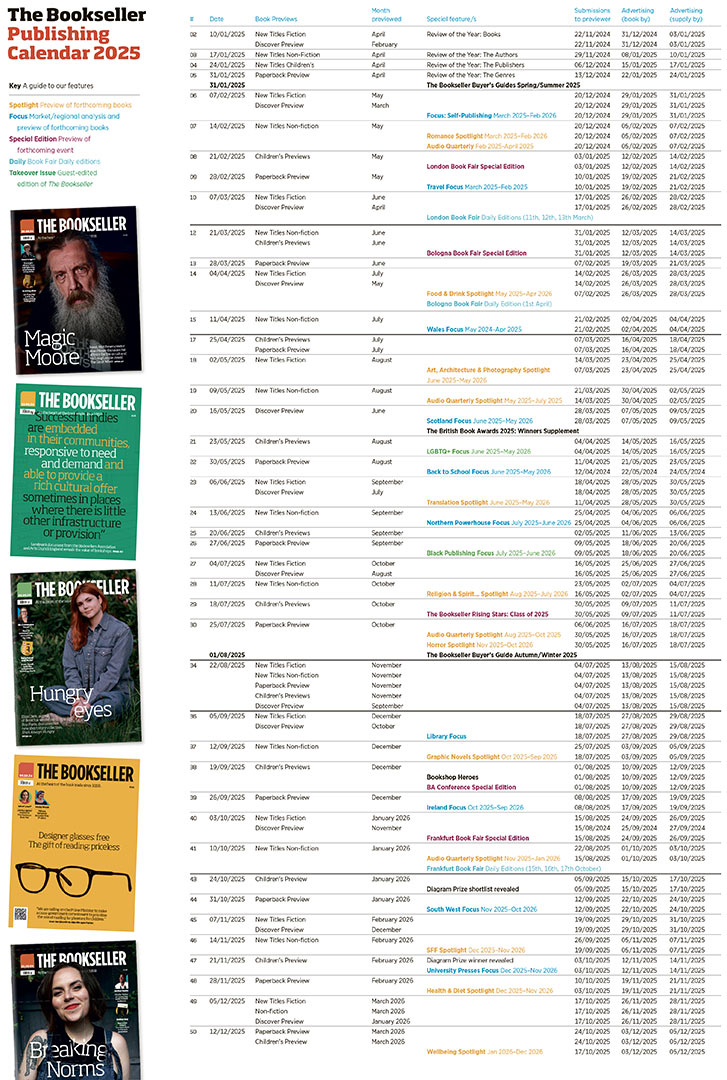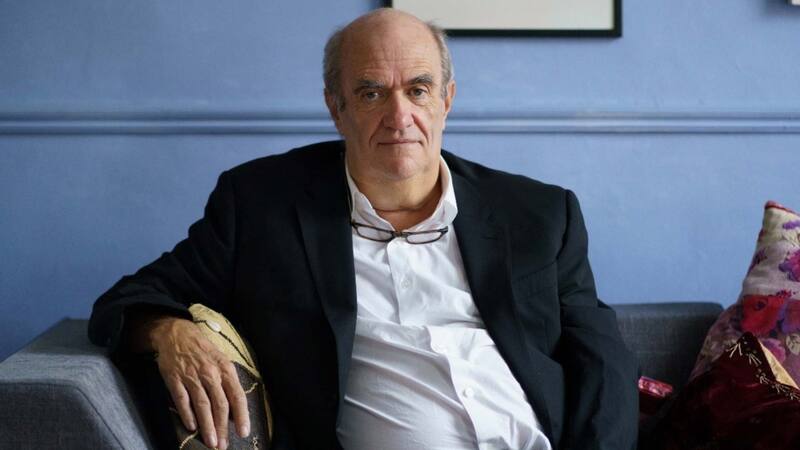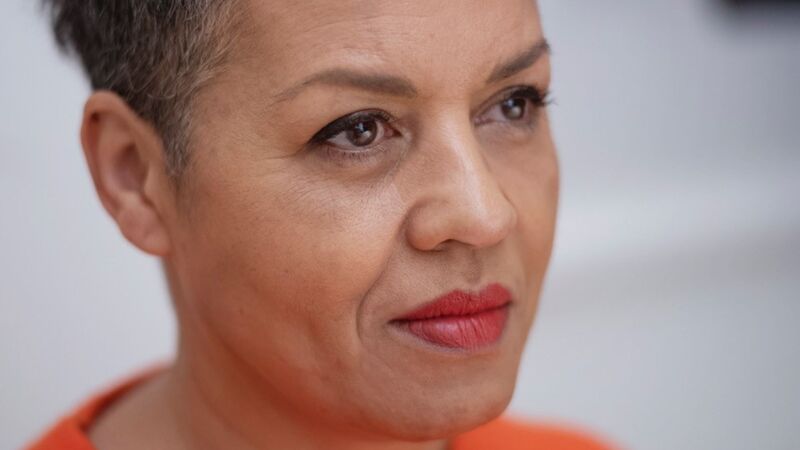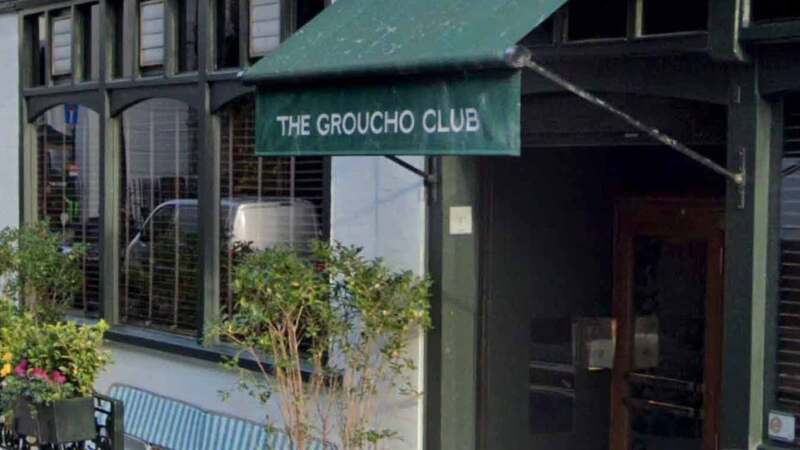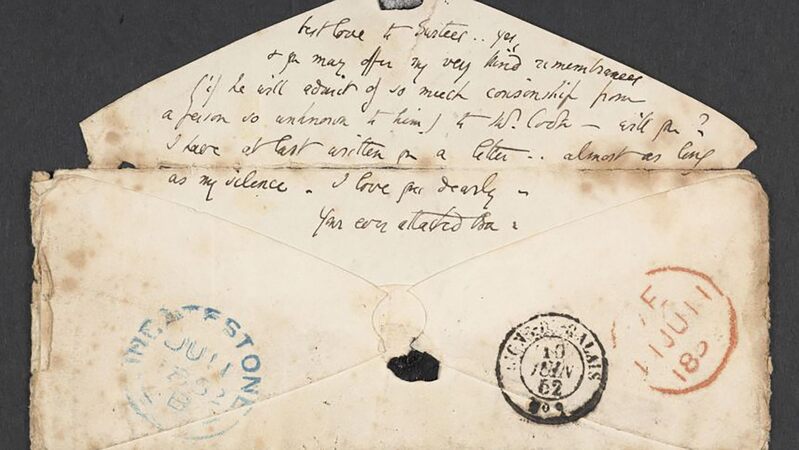You are viewing your 1 free article this month. Login to read more articles.
Banking on books

In January 2010, as the UK economy moved out of the recession that had begun with the banking crisis in the second quarter of 2008, The Bookseller reported that 2009 had seen only a marginal decline in Nielsen-measured sales, confirming that the “book trade is recession-resistant, if not entirely recession-proof”. The theory that the book endures during economic crises is one likely to be tested again soon, with history only partially reassuring.
In some respects, the years running up to 2009 were a high point for the modern printed book market: the celebrity memoir genre had propelled the sector well beyond its core hunting ground—in 2008 the biggest-selling celebrity title of the year (Paul O’Grady’s memoir) sold 664,000 copies in hardback—while set-piece releases from authors such as Dan Brown, J K Rowling, Stieg Larsson and Stephenie Meyer made bookshops into event spaces. More generally, there was still hope for Waterstones under its then HMV-ownership, Borders had not yet exited the UK, and the e-book had not yet arrived.
As we know, the pandemic has been a boon for book sales with 2021 a new high for Nielsen
In short, there was much about to change. By 2011 Waterstones had faced its final curtain and been sold to the Russian Alexander Mamut, Borders had vanished, and the Kindle had re-wired Amazon’s book business. Meanwhile, not all types of books proved resilient: in 2009 Ant & Dec’s Ooh! What a Lovely Pair had sold less than half the total of the O’Grady title a year earlier, beginning a decade-long depression of that genre.
Touch wood, the book trade in 2022 does not look as fragile as it was a decade earlier. Nevertheless, after a summer of inaction by the UK government, the arrival of a new prime minister, fresh off the hustings but as yet untested as a leader, is a pivotal moment for everyone, and much will depend on how Liz Truss tackles the immediate energy crisis. Lest we forget, the last recession ended 13 years of Labour rule.
As we know, the pandemic has been a boon for book sales, with 2021 a new high for Nielsen, but now with added digital meaning that the overall consumer marketplace may be as much as £500m bigger today than it was a decade ago. Indie bookshops are once again growing in number, Waterstones (its current distribution problems notwithstanding) continues to trade robustly, while W H Smith is getting closer to its 2019 numbers. Publishers too remain optimistic, if wary, with last week’s two big releases from the established hands of Rowling and Jamie Oliver providing mixed signals at a moment when everyone is looking for hints about how consumers might behave—The Ink Black Heart was down 15,000 on Strike’s previous outing in 2020, while Oliver’s back-to-basics cookbook is up 10,000 on 2017’s 5 Ingredients.
We should be careful not to talk ourselves down. To echo the thoughts of Dubray m.d. Maria Dickenson, the trade is full of “positive energy and activity”. That UK booksellers have just turned in their best week for both volume and value since the first week of 2022, speaks to the hardiness we all want to see.

